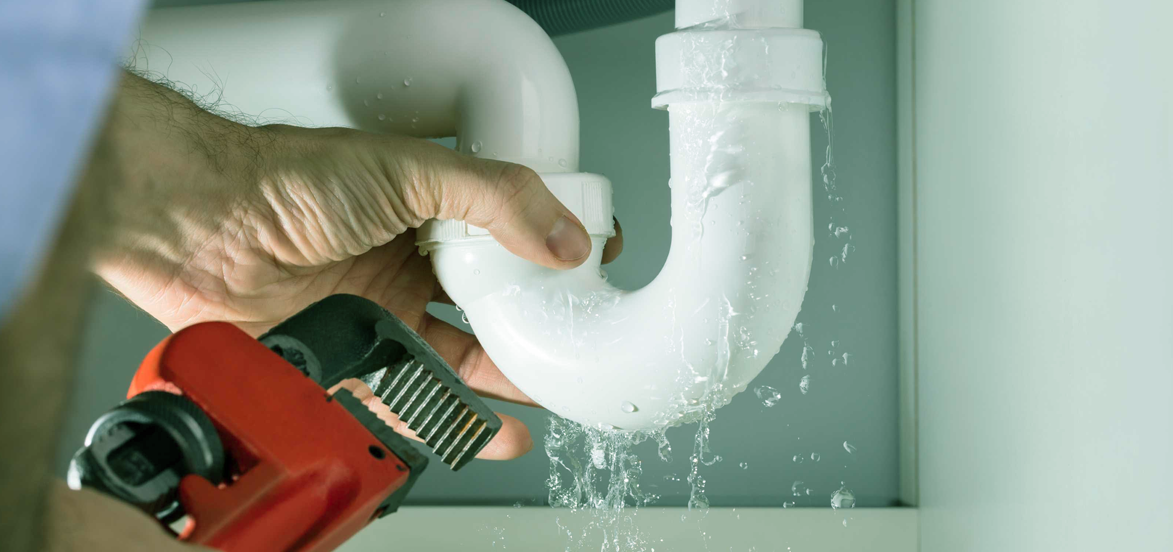Exactly how to Inspect If Your Home Has a Covert Leak
Exactly how to Inspect If Your Home Has a Covert Leak
Blog Article
How do you feel about Locating water leaks?

Early detection of leaking water lines can minimize a potential disaster. Some tiny water leakages might not be noticeable.
1. Take A Look At the Water Meter
Inspecting it is a proven way that helps you uncover leakages. If it relocates, that indicates a fast-moving leakage. This suggests you might have a slow-moving leakage that can even be below ground.
2. Inspect Water Consumption
If you spot abrupt adjustments, in spite of your usage being the exact same, it means that you have leaks in your plumbing system. A sudden spike in your costs shows a fast-moving leakage.
On the other hand, a steady rise on a monthly basis, despite having the exact same practices, shows you have a slow-moving leak that's also slowly rising. Call a plumber to extensively inspect your home, especially if you really feel a warm location on your floor with piping below.
3. Do a Food Coloring Test
When it comes to water consumption, 30% comes from toilets. If the color somehow infiltrates your dish throughout that time without flushing, there's a leak in between the tank as well as bowl.
4. Asses Exterior Lines
Do not neglect to check your outside water lines too. Test spigots by attaching a garden pipe. Must water permeate out of the link, you have a loosened rubber gasket. Change this and make sure all links are tight. If you've obtained a sprinkler system, it will aid get it expertly checked out as well as kept annually. One little leakage can waste tons of water as well as increase your water bill.
5. Analyze the scenario and check
Home owners should make it a practice to inspect under the sink counters as well as also inside cupboards for any kind of bad odor or mold development. These 2 warnings suggest a leakage so punctual interest is called for. Doing routine inspections, even bi-annually, can conserve you from a major issue.
More notably, if you know your residence is already old, maintain a watchful eye on your heating systems, hose pipes, pipelines etc. Check for stainings and compromising as a lot of devices and also pipes have a life expectancy. They will likewise naturally degrade as a result of wear and tear. If you think leaking water lines in your plumbing system, don't await it to intensify. Call an expert plumber right away so you don't end up with an awful mess in your home.
Early detection of leaking water lines can alleviate a prospective disaster. Some tiny water leaks may not be noticeable. Examining it is a surefire way that helps you discover leaks. One tiny leak can squander lots of water as well as surge your water costs.
If you believe dripping water lines in your plumbing system, do not wait for it to rise.
How to Know If Your Home Has a Hidden Leak
Water Meter Reveals Inexplicable Water Usage
If you’d like to test whether or not there’s a leak somewhere in your home, you can do this using your water meter. Here is how to conduct the test:
Don’t use any water in your home for at least 30 minutes; this also means not turning on faucets or water-using appliances.
Go outside, and check your water meter for activity.
If your water meter shows that there was activity, even though no one was using any water, this proves that there is a leak in your home.Visible Mold or Mildew Growth
Leaks behind walls create moist, dark environments that allow mold and mildew to grow and thrive. Eventually, you might see mold growth forming on the wall closest to a hidden leak.
If mold is growing in an area that receives a high amount of moisture, such as a bathroom, it may simply be an indication that better ventilation is needed. However, if you see mold growth on a wall or the ceiling in an area where you would not expect, you probably have a hidden leak.
Musty, Mildew Odor
Sometimes you might not be able to see the mold or mildew that is growing as a result of a leak. However, the smell can give the problem away just as easily. If you catch a whiff of something musty, there’s a good chance that old water is collecting somewhere in your home that you can’t see.
Stained/Warped Walls, Ceilings, or Floors
When your home soaks up water, a variety of red flags can become visible, including ceiling stains, bubbling drywall, warped walls, and sagging floors. While these issues can be caused by excess humidity, they can also be signs that a pipe or plumbing connection has started leaking behind your walls.
Inexplicably High Water Bill
After a while, you get a general sense for what your water bill should be. If you own a pool or sprinkler system, your bill will tend to be higher during summer. However, if you receive a water bill that seems especially high, and you can’t figure out what caused it, then you may have a hidden leak somewhere that’s increasing your bill.
https://www.plumbingjoint.com/blog/2019/july/how-to-know-if-your-home-has-a-hidden-leak/

As a devoted person who reads about Leaking water lines, I assumed sharing that piece of content was worth the trouble. For those who enjoyed our blog post please be sure to share it. Thanks for taking the time to read it.
Report this page